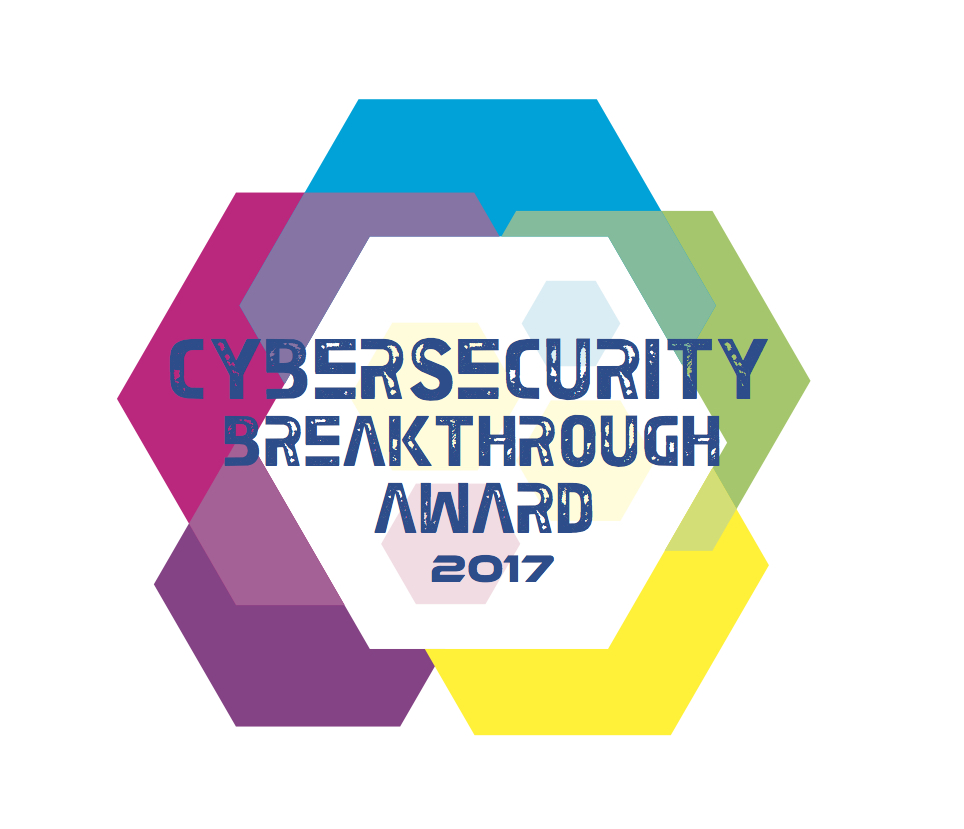Today’s students are often considered experts on all things technology because they grew up in an online, tech-savvy world.
These digital natives have a comfort level with – and even a fearlessness about – anything technology-related and they view the Internet as a familiar playground for much of their day-to-day activities. Unfortunately, it has also made them highly de-sensitized about online security and that can get them into significant trouble.

Compounding their risks online is today’s culture of sharing personal information in very public forums such as social media.
From one’s interests and habits to highly personal information, this over-sharing tells hackers and other “bad actors,” everything they need to know to exploit them, as well as their friends and families.
Unfortunately, students are at risk for attacks – online and offline – from not only anonymous hackers, but people they know. The dangers posed fall into two categories:
In the case of theft or fraud, cybercriminals target students based on lax security measures: using public Wi-Fi, forgoing password protections or using easy-to-break passwords, storing passwords and other personal information online, failing to keep security software and other programs updated, leaving laptops or mobile devices unattended in public settings like the library or coffee shops.
Phishing scams and other methods for manipulating students into revealing personal information or providing access to bank accounts and credit card information are other ways that students are falling victim to financial crimes and identity theft.
Stalking and harassment are sweeping college campuses and many of these crimes begin online, thanks to the wild frontier of social media and the breadth of personal information being shared there. In posting personal photos, checking into locations and providing constant updates on their activities, family, friends, shopping habits, purchases and more, students are providing a comprehensive dossier for those with bad intent.
Students and others believe (falsely) that they can screen those who have access to their social media accounts, but hackers have ready access through a variety of tools to breach these networks. The result is a sharp rise in online stalking and harassment that often moves into the offline world where significant harm can occur.

The first step in preventing online threats is to understand how they occur and what you are doing to contribute to your risk. Some ways to protect yourself:
Students cannot afford to become victims of cyber attacks.
The loss of money, time and reputation can be devastating. By taking a few precautions and being more mindful of the vulnerabilities and risk for exploitation, students can protect themselves from the crimes playing out online every day.
Know a student who might find these tips helpful? Pass this post along to them using the share buttons on this page.
Netlok® announced today that its patented Photolok™ technology, which replaces passwords with photos, has been selected as the winner of the “Authentication Solution of the Year” award from CyberSecurity Breakthrough, an independent organization that recognizes the top companies, technologies and products in the global information security market today. Photolok is part of the company’s groundbreaking Netlokr™ product, which integrates private messaging, confidential file sharing and protected data storage in one secure environment.
“We are thrilled to receive this prestigious industry recognition for our Photolok authentication system because there is nothing like it on the market today that truly protects the most common activities you do as a business or an individual online today,” said Tony Perez, CEO at Netlok. “The escalation of cybercrime demands that new solutions are found and Netlok is committed to shutting down the entry points for hackers.” 
Netlokr, featuring the Photolok authentication technology, pairs its photo-based login system with a cloud-based cybervault that operates in Netlok’s own proprietary eco-system to avoid the vulnerable public pathways of the Internet. The system is designed to protect personal, business or client information and correspondence that are deemed highly confidential, sensitive or private. The Netlokr market includes individuals, groups and organizations, small and medium-sized businesses, large enterprises, government entities, celebrities and other high-profile individuals.
“CyberSecurity Breakthrough’s authentication award category was highly competitive this year, with 41 impressive nominations from a variety of leaders and innovators in the information security market,” said James Johnson, managing director, CyberSecurity Breakthrough. “We congratulate Netlok for breaking through the pack with their innovative approach to authentication to receive this recognition and we look forward to continued success for Netlok in 2018 and beyond.”
Nominations were evaluated by an independent panel of experts within the information security industry, and CyberSecurity Breakthrough judges considered authentication solutions featuring a variety of approaches, including multi-factor and password-based methods. Netlok’s patented Photolok™ technology was a stand-out among those nominated in this category, because of its innovative use of photos in the authentication system, combined with a simple set-up process and its ease-of-use.
The mission of the CyberSecurity Breakthrough Awards is to honor excellence and recognize the innovation, hard work and success in a range of information security categories, including Cloud Security, Threat Detection, Risk Management, Fraud Prevention, Mobile Security, Email Security and much more. This year’s program attracted more than 2,000 nominations from over 12 different countries throughout the world.
ABOUT NETLOK
Netlok is a cyber-security company founded on the belief that everyone has something they value and wish to keep secure and private, and it extends to the way in which they operate online. From personal information to confidential documents, to private communications with others, Internet users want to protect certain aspects of their online activities from unauthorized access. Netlok products address the need for online privacy and security using break-through photo authentication technology for file and data sharing and storage, as well as private messaging. Netlok is built for the full range of Internet users: individuals, businesses, large enterprises, organizations and associations, and government entities. These Netlok customers enjoy a highly secure, simple and affordable product that creates peace of mind for the things that matter most to them online. Netlok is based in Los Angeles, California. To learn more about the company and its security solutions, visit netlok.com.
ABOUT CYBERSECURITY BREAKTHROUGH
The CyberSecurity Breakthrough Awards program is devoted to honoring excellence in information security and cybersecurity technology companies, products and people. The CyberSecurity Breakthrough Awards provide a platform for public recognition around the achievements of breakthrough information security companies and products in categories including Cloud Security, Threat Detection, Risk Management, Fraud Prevention, Mobile Security, Web and Email Security, UTM, Firewall and more. For more information visit CyberSecurityBreakthrough.com.
May’s massive “WannaCry” ransomware attack that hit 104 countries, including the U.S., left many fearful that cybercrime could strike much closer to home.
So far, there has been little protection against hackers, but Netlokr is a brand new product that replaces vulnerable passwords with a patented photo technology and combines it with a cloud-based cybervault, which allows you to conduct private messaging, file sharing and file storage in a complete secure environment.
In fact, it’s the most hacker-resistant technology on the market today. Visit netlok.com and use Promo Code MM6017 to get a 60-day free trial.
https://www.youtube.com/watch?v=Q0AxA1IJjOo&t=3s
Online scams are not just restricted to your email spam folder. In fact, they’re almost everywhere you look, including on some of the world’s most popular sites. Blogs and other websites need to support themselves somehow, and they typically do so by on-site advertising. However, while the website itself might be perfectly legitimate, some of the advertising networks they work with are guilty of peddling a lot of junk or, worse still, becoming the favourite marketing tools for scammers and spammers. For example, in 2016, American business magazine Forbes partnered with major advertising network Revcontent, which is commonly used by deceptive advertisers.
Scammers will do anything they can to try to dupe you into buying their useless, often ‘informational’ products. One of the cheapest tactics is to use eye-catching imagery to attract your attention, only these images are usually completely unrelated to the actual topic of the advertisement. For example, you might wonder how an image of a supermodel is supposed to be related to making money or how a close-up of a woman’s bust is supposed to be related to a real-time strategy video game (Evony). Others simply use clichéd stock photos, such as things associated with great wealth or happy corporate people.
Email accounts are generally quite good at picking up spam emails by using methods such as detecting words and phrases that spammers are most likely to use. Nonetheless, it appears that online scammers haven’t learned a thing in recent years, and they still desperately try to target common spam phrases, such as ‘make money online’ or ‘free money’. Others try to confuse people and spam filters alike by using a load of arbitrary numbers, hyphens and other symbols that don’t serve any particular purpose. A lot of spam, both on websites and in emails, is automatically generated to the extent that it hardly even makes sense to human readers.
In a terribly poor attempt to dupe consumers into thinking that they’re trustworthy, scammers often use geo-targeting to make it look as though their advertisements are relevant to local audiences. Geo-targeting uses your IP address to guess your approximate location in order to include the location in the ad text and make it look as though they’re a local business targeting local audiences. Sometimes, the automated tool doesn’t work, and it will just say ‘local area’ or something similar. You can use a VPN to make it look as though you’re connecting from different countries to quickly uncover the absurdity of this method that scammers use.
If there’s one unbreakable rule that you should always abide by when it comes to avoiding online scams it’s that, if something seems too good to be true, then it is. Scammers love to make lofty promises, often accompanied by some randomly picked high number to make it look as though they actually put some thought into creating the spam advertisement in the first place. Such scammers often use blatant scare tactics as well or try to create controversy. Fortunately, the shock tactics and absurdly lofty promises are so obvious, that very few people actually click on them. No, you’re not going to make $1420 a day by clicking on a picture of piles of money.
Fake news websites are, in essence, quite similar to Web-based phishing scams, although they are not usually fraudulent in nature, at least insofar as the law is concerned. These websites, which are designed to look like real news websites, are generally allowed to exist because they exploit a legal loophole by providing an often overlooked disclaimer at the bottom of the page. If you click on any links on these websites, you’ll end up going nowhere, since the entire page is actually just a landing page masquerading as something else. Even the social sharing button won’t work, and the comments beneath the article, filled with fake testimonials, are also fake.
Unfortunately, there’s not really any safe and reliable way to shield yourself completely from online scam advertisements like those exhibiting the aforementioned traits. Ad blockers sometimes do more harm than good, and avoiding all websites that sometimes display dubious on-site advertising is also not very practical. Instead, you need to learn how to identify common online scams, the most common of which concern the finance and health industries. Fortunately, most of them become very obvious after a while, and they’ll start to bypass your attention completely.